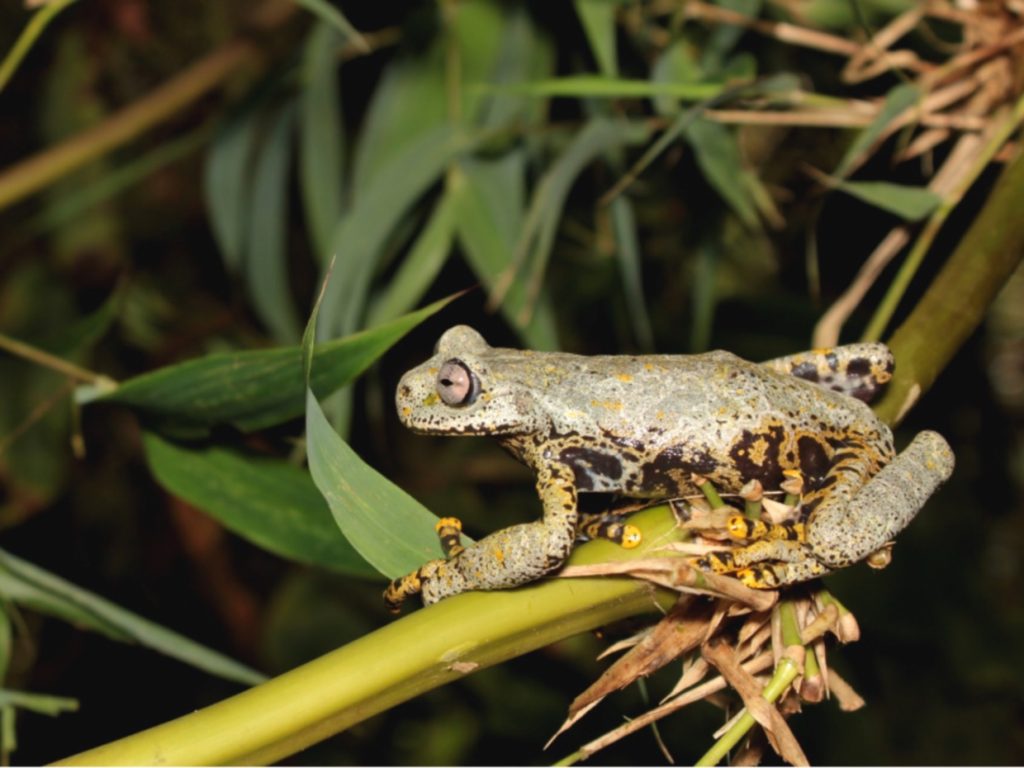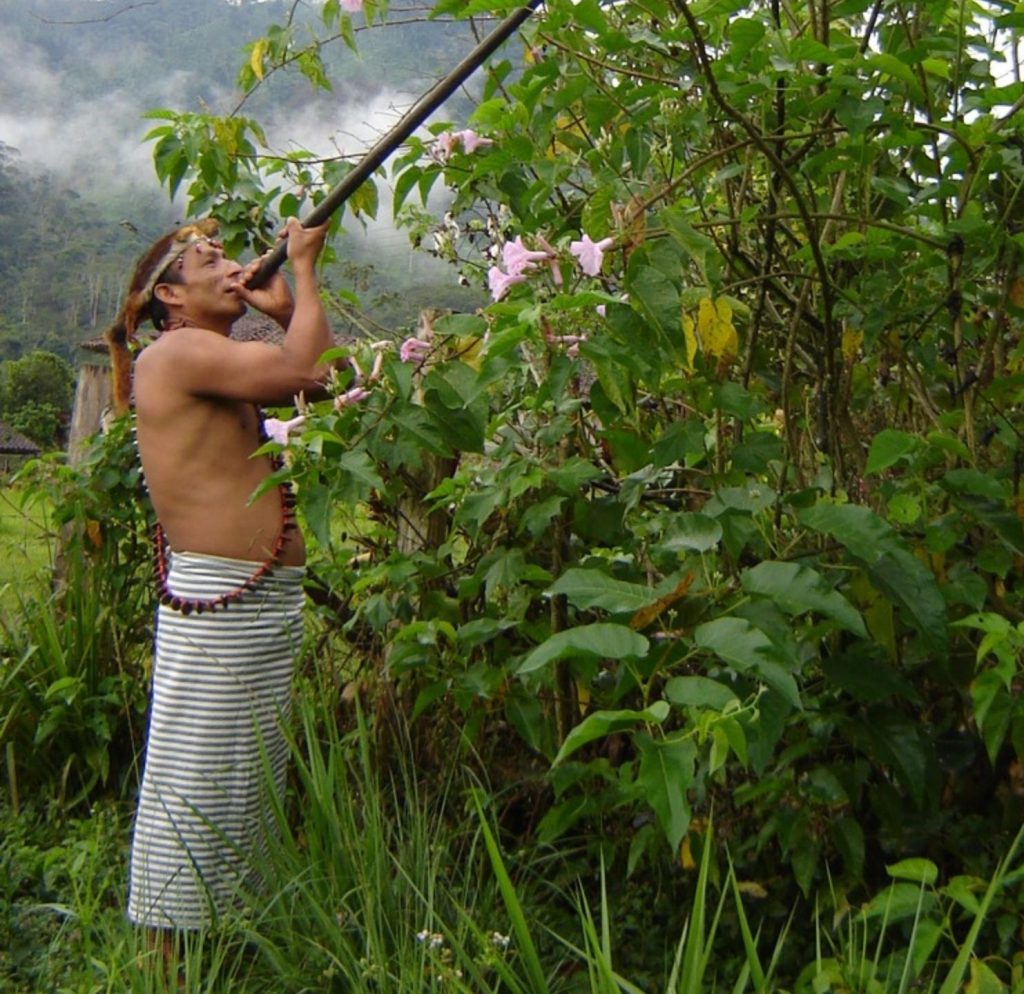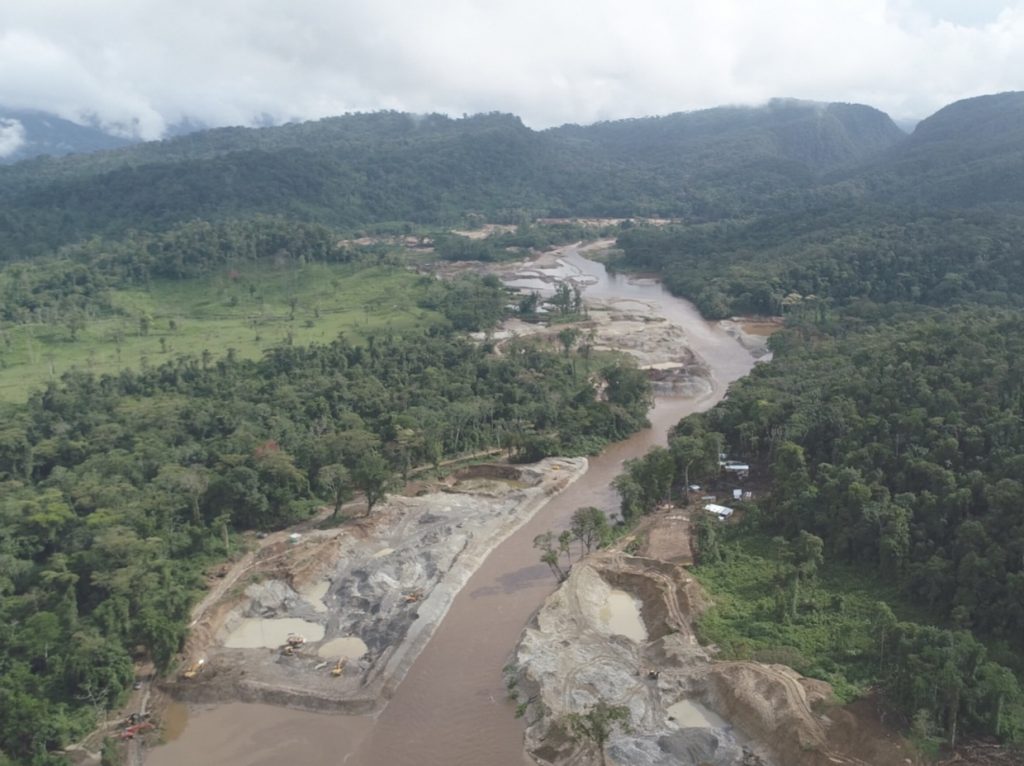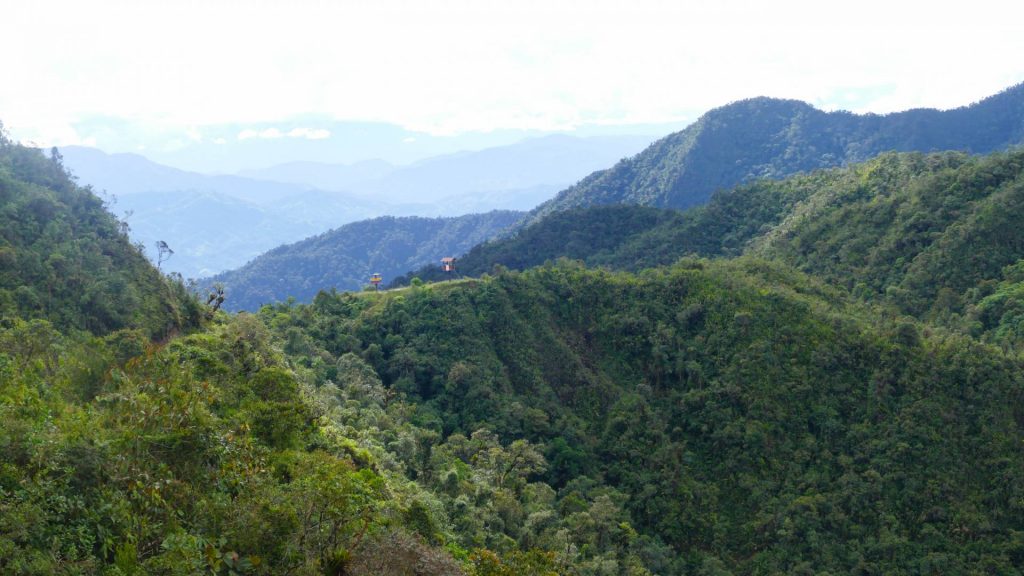What is Biodiversity?
05/11/2022
The importance of biodiversity and the threats it faces
Biodiversity describes the “biological diversity” of life, whether that be throughout the entire planet or for an individual ecosystem.
It encompasses everything from variations in genetics to all the species in that area, including plants, animals, fungi, and even bacteria. The biodiversity that we know today is the result of billions of years of evolution and it dictates how life interacts with its environment.
Why is biodiversity so important?
We are much more reliant on the ecosystem services that biodiversity provides than it may appear. Biodiversity provides us with many services including clean air and freshwater. Biodiversity also acts as a barrier between us and zoonotic diseases and can also provide us with valuable medicines. There is also a great deal of evidence to show that there’s a positive link between increased biodiversity and our mental health. This makes maintaining biodiversity incredibly important for our survival, as well as all life on the planet.
Global biodiversity is so rich that we haven’t come close to discovering the number of species there currently is across our planet. There is so much we still don’t know about how these unknown species contribute to their ecosystem. We may lose essential parts of our world before it has even been discovered.

This is particularly true for forests, which contain the largest amount of biodiversity on the planet. According to the UN Environmental Program (UNEP) more than 80% of terrestrial animals, plants and fungi species are found in tropical forests. Nature and Culture emphasizes the importance of saving large areas of rainforest to protect these valuable ecosystems. We partner with Indigenous and local communities who live in the areas we work to protect and are best equipped to manage their territory. This leads to more successful biodiversity conservation.

What is threatening biodiversity?
Human activity is having an extremely negative impact on biodiversity. WWF’s 2018 Living Planet Report estimated that there has been a 60% reduction in global populations of mammals, fish, birds, reptiles and amphibians in last 50 years. When this report was published, it was a major shock to the world and highlighted our fears of how critical the situation is. This loss of life has put many species on the brink of extinction and whole ecosystems are suffering.
Major threats to biodiversity and individual species include habitat degradation, climate change, invasive species, over-exploitation and increased pollution, most of which are a direct result of human activities. In the Amazon rainforest, deforestation is occurring at an unprecedented rate for agriculture (e.g. soy bean and palm oil plantations and cattle ranching), mining, unsustainable logging and development (e.g. roads and infrastructure). This degradation is also exacerbating climate change since the Amazon retains a large proportion of the world’s carbon, which would otherwise be in the atmosphere.
To make matters worse, fires have been increasing across major forested habitat. Even though fires naturally occur in many areas, degraded forests are particularly susceptible. By reshaping the biodiversity in an area, we are restructuring the whole ecosystem and making them less resilient to natural disasters.

Other risks to biodiversity include the wildlife trade, which pulls large numbers of animals from their natural environment for pets, bushmeat or traditional medicines. These include keystone species that are critically important to the structure of the ecosystem. This trade has dragged animals such as pangolins, multiple primate species, elephants and rhinos to the brink of extinction. Causing the elimination of one species is a tragedy on its own, but it also threatens the biodiversity of the area.
What can you do to help to conserve it?
It may seem as if we are on an unavoidable slope toward disaster, but there is still plenty that you can do to help reduce biodiversity loss. Making more sustainable choices is key since most deforestation, over-exploitation, and other destructive activities are driven by demand. Switching to local and in-season foods or checking for sustainable materials on packaging is a first step in helping to reduce the demand for unsustainable goods.

You can also help by supporting efforts to return land to Indigenous peoples. It is becoming increasingly apparent that Indigenous communities are better stewards of their land and protect vital ecosystems. Donating to organizations like Nature and Culture will increase resources to help with this transition. By supporting our work, and the work of similar organizations, you can be part of the change to protect our remaining crucial biodiversity, and hence, securing our future.


